One question that gets asked a lot about Inkscape is “What is the difference between Path/Union and Path/Combined?” So I will try to explain the different Path operations. This is Part 1 of 2 and I will cover #1-11 in the image below.
It is very important that all objects for the Path operations not have Group applied. Path operations will not work if any of the objects are Grouped. If this is the case you will see a message in the Ink message bar that says “one of the objects is not a Path.”
- Object to Path. This is used to convert text and shapes to vectors.
- Stroke to Path. Converts the outline of a vector, shape, or text to a vector. Useful for changing a line into a closed shape for cutting in SCAL.
- Trace Bitmap. Use this to create a vector from an image (bmp, jpg, png, gif, others). I have a post here with more information on tracing in Inkscape.
- Union. Use this when you want to weld two or more vectors, shapes, or text items together (I will call these Objects for the rest of this tutorial). This will remove any nodes or cut-lines that are inside the filled area. It is also dependent on the fill rule. If the fill rule is set to evenodd, the non-filled areas will not be made solid after Union. If you want a solid shape, change the fill setting to Nonzero before using Union.
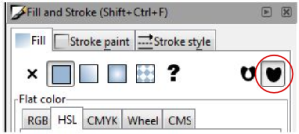
Union can only be undone by using Edit/Undo or the Undo History. Once a file is closed the weld cannot be removed.
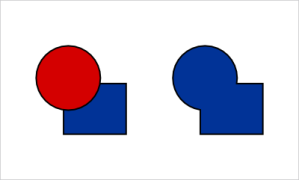
- Difference. This is a good way to remove part of an object. You need exactly two paths for this and object order is important. Think of the top object as a mask or cookie cutter. The area where the upper and lower objects overlap is removed from the bottom object, and the top object disappears.

- Intersection. Results in only the area where the objects overlap. You can use this on two or more objects.

- Exclusion. Opposite of Intersection. Any areas where the objects overlap are removed. You can only use this on exactly two Paths.
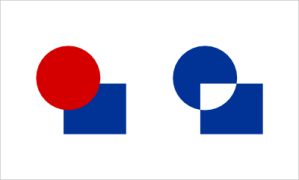
- Division. This is another one where you need exactly two paths and object order is important. Think of the top object as a mask or cookie cutter. The object on the bottom is cut into two paths by the top object, and the top object disappears. Both of the new paths are closed shapes.

- Cut Path. This one is just like Division, except that it results in two open paths. I can’t think of when I have actually used this one.
- Combine. This puts separate vectors together without removing any nodes or cut-lines. It is useful for putting inner pieces together before using Exclusion with an outer piece. Combine can be undone at any point since no information is lost.
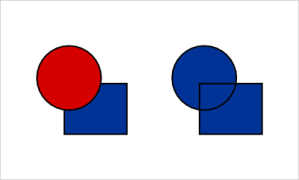
- Break Apart. This will make each line or shape into a separate path.
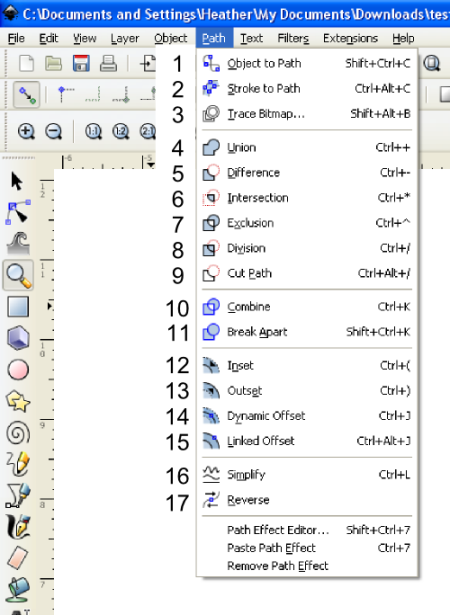





Clear, short, precise and accurate. Thank you
This is by far the best explanation for Inkscape functions I’ve read or watched. Thank you for your time and excellent explanations.
Most sites just copy the manual and add their own advertising. This is much better, thank you.
you should share it on hackr as well. They’d like it. https://hackr.io/tutorials/learn-inkscape
Just started out using inkscape. Nice tutorial.
Love this tutorial. I was having such a hard time understanding how to use Inkscape. Too bad I didn’t find you earlier.
Thank you for the post, straight to the point, clear and concise.
Thank you for this great site, I was looking for IT outsourcing on Bing and found this site.
Thanks Heather,
I’ve downloaded both episodes and will use them to remind me which function does what.
Clear, concise and to the point.
SusanE
Great tutorial Heather. I am going to print it out so I will remember it. Thanks for answering my post on the SCAL forum.